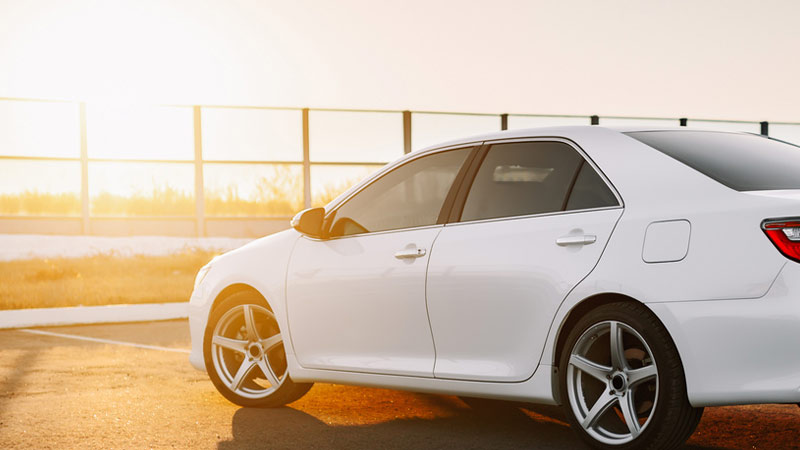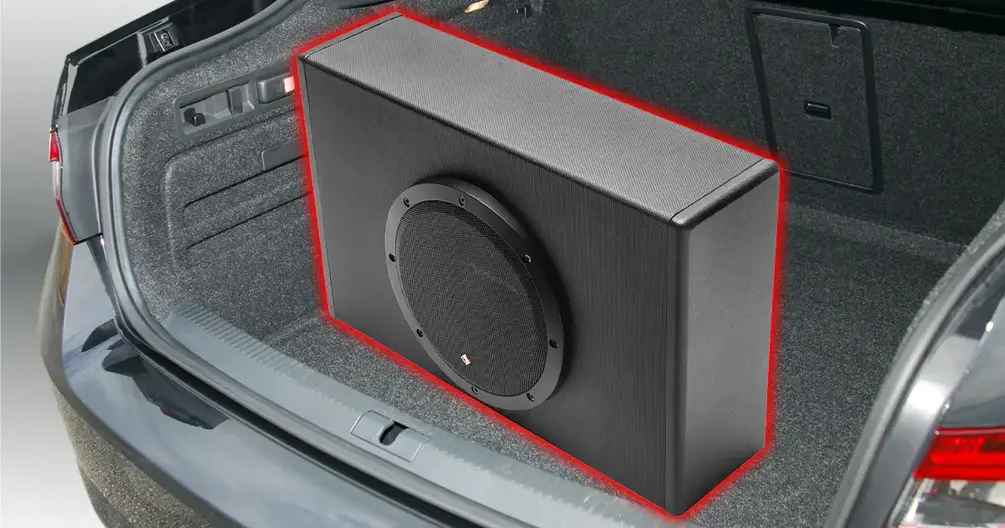
by Support Tech | Dec 17, 2023 | RESOURCE LIBRARY, ARTICLES, Car Audio, Integration
It may seem as if they should be similar processes, but installing a new source unit, amplifiers and speakers in a car is unlike installing most home audio systems. It is not as simple as plugging things in and hoping they work. Proper integration of your new...

by Support Tech | Dec 3, 2023 | ARTICLES, RESOURCE LIBRARY, Window Tint
In 1966, 3M developed the first window tinting solution to reflect the heat energy of the sun away and help keep the interior of your vehicle cool. Dozens of companies now manufacture window tint films and each has several different series of films with varied...

by Support Tech | Nov 19, 2023 | RESOURCE LIBRARY, ARTICLES, Motorcycle Audio
Now that the weather is great all across the country, motorcycle enthusiasts have a chance to get their bikes out and go for a ride – but many riders complain that the factory audio systems on their bikes don’t sound as good as they’d like. There are several reasons...

by Support Tech | Nov 5, 2023 | ARTICLES, Car Audio, Integration, RESOURCE LIBRARY
Let’s face it: Accidents happen. Minimizing the collateral damage from an accident is important. When you have a mobile electronics system that includes installing an amplifier in your vehicle, a discussion about fuses or circuit protection should take place before...

by Support Tech | Nov 2, 2023 | RESOURCE LIBRARY, ARTICLES, Driver Safety, PRODUCTS, Vehicle Security
If you’re a regular visitor to BestCarAudio.com, you should be familiar with dash cams and smartphone-based remote vehicle control solutions like Drone. Imagine combining the features of both units into one product and then adding live video streaming capabilities!...

by Support Tech | Oct 26, 2023 | RESOURCE LIBRARY, ARTICLES, Car Audio, PRODUCTS
Rockford Fosgate, a brand synonymous with Harley-Davidson amplifier, speaker and subwoofer upgrades, has just introduced its PMX-HD14 multimedia infotainment system. If you have a 2014 and newer Street Glide or Ultra, or 2015 and newer Road Glide, this might be the...







